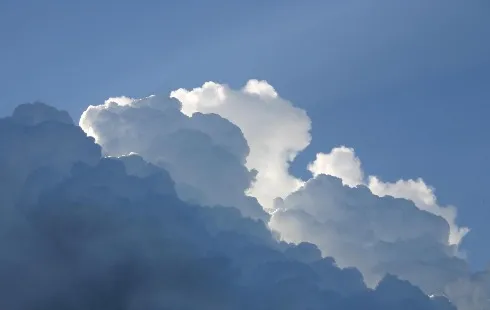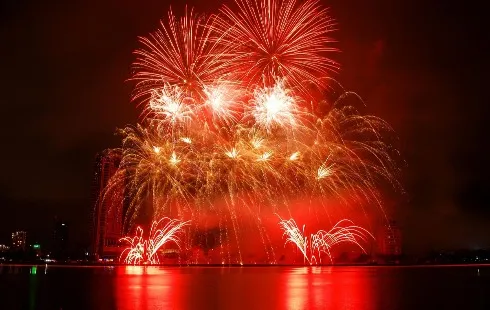Historic Grand Canyon Lodge and Nearby Structures Lost to Wildfire
FLAGSTAFF, Arizona -- A rapidly spreading wildfire has resulted in the destruction of the historic Grand Canyon Lodge along with numerous other buildings on the North Rim of the Grand Canyon, leading park officials to declare the area closed for the remainder of the season.
The Grand Canyon Lodge, which was the only accommodation available within the park's North Rim, was engulfed by flames, as confirmed by park Superintendent Ed Keable during a meeting with residents and staff. In addition to the lodge, significant losses include the visitor center, a gas station, an administrative building, a wastewater treatment facility, and various employee housing units, totaling between 50 to 80 structures. Several historic cabins in the vicinity were also reported destroyed.
The fire, identified as the Dragon Bravo Fire, ignited due to a lightning strike on July 4 and was initially managed using a strategy focused on confining and containing the blaze. As the fire expanded rapidly to cover an area of approximately 7.8 square miles, authorities shifted to more aggressive suppression efforts due to worsening conditions characterized by high temperatures, low humidity, and strong winds.
As of now, no injuries have been reported in connection with the wildfire. Arizona Governor Katie Hobbs has urged the federal government to investigate the response of the National Park Service to the wildfire and has called for immediate action to mitigate the ongoing situation. She emphasized the need for accountability regarding the events that allowed the fire to escalate to such a destructive level.
Each year, millions of visitors flock to the Grand Canyon, with many preferring the more popular South Rim. The North Rim, which operates seasonally, was evacuated last Thursday due to the wildfire threat and will remain closed until further notice.
In response to the fire, firefighters conducted evacuations in both the North Rim area and among hikers in the inner canyon. The park has expressed concern for public safety, particularly due to the potential exposure to chlorine gas resulting from the combustion of the treatment facility. Chlorine gas poses health risks such as respiratory problems and irritation if inhaled in large quantities.
Additionally, rafters traversing the Colorado River were advised to avoid Phantom Ranch, which features cabins and dormitories situated alongside the river.
Visitors have expressed their sorrow over the loss of the Grand Canyon Lodge, an iconic structure known for its distinctive sloped roof and expansive views of the canyon from its Sun Room. The lodge, which played a significant role in the park's history, was originally constructed in the early 1930s but faced destruction from a fire shortly after its completion. A rebuilt version opened in 1937, preserving much of the original stonework.
Local residents and frequent visitors to the lodge have shared their heartbreak over the loss of this cherished destination. Many emphasized the emotional connections tied to the lodge and the North Rim, which is often regarded as a more serene and tranquil alternative to the bustling South Rim.
As firefighting efforts continue, officials report some progress in controlling the second wildfire in the area, known as the White Sage Fire. This fire has also prompted evacuations and has consumed approximately 63 square miles of land.
In other regions, wildfires have caused significant disruptions, including the closure of Black Canyon of the Gunnison National Park in Colorado, where additional evacuations have taken place due to fires ignited by lightning.













No comments yet. Be the first to comment!